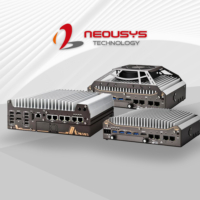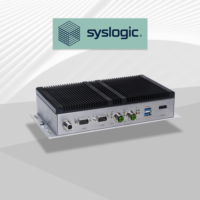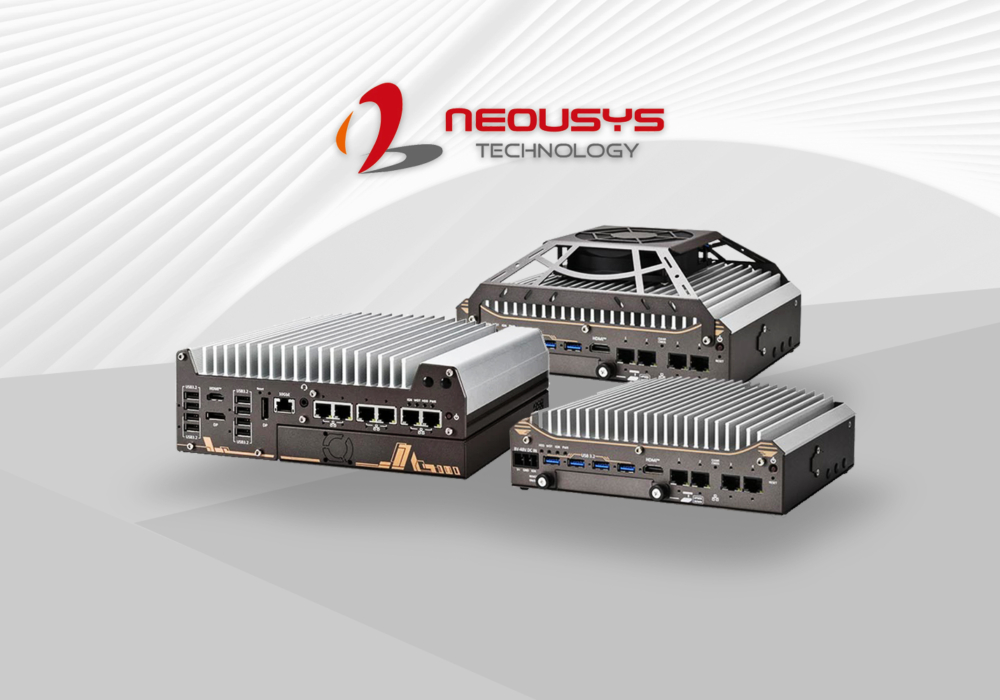In this article:
- Introduction
- The Promise of 6G Technology
- Joint Development Initiatives
- Edge AI Infrastructure
- Real-World Applications and Benefits
- The Road Ahead: Challenges and Opportunities
- Preparing for a Connected Future

Introduction
As the world continues to harness the potential of 5G technology, leading telecommunication giants are already looking ahead to the future of connectivity: 6G. At the forefront of the development and implementation of the next generation of mobile networks, is the desire to revolutionise the digital landscape with unprecedented speed, capacity, and reliability.
Industry consensus is that the desire is not just about faster networks but also about integrating advanced technologies like edge AI to enhance and innovate telecommunications infrastructure.
The Promise of 6G Technology
6G is anticipated to build upon the foundation of 5G, offering even greater capabilities. While 5G has enabled significant advancements in areas such as the Internet of Things (IoT), autonomous vehicles, and smart cities, 6G is expected to push the boundaries further. Key features of 6G technology are projected to include:
- Ultra-Fast Data Speeds: 6G networks could offer data speeds up to 100 times faster than 5G, enabling seamless streaming of ultra-high-definition content and instant data transfers.
- Enhanced Capacity and Coverage: With improved spectral efficiency and expanded coverage, 6G will support a vast number of devices, ensuring consistent connectivity even in densely populated areas.
- Low Latency: 6G aims to reduce latency to near-zero levels, making real-time applications such as remote surgery, virtual reality, and augmented reality more viable and responsive.
- Advanced AI Integration: 6G is expected to integrate artificial intelligence at its core, enabling intelligent network management, optimisation, and the provision of personalised services.
- New Use Cases: The evolution to 6G will likely bring about new use cases and applications that are currently unimaginable, further embedding digital technologies into everyday life.
Joint Development Initiatives
It is known that telecos are joining forces to accelerate the development of next-generation telecommunications network capabilities in preparation for the roll-out of 6G. The roll-out of 6G refers to the phased introduction and implementation of 6G networks and technologies across various regions, industries, and applications, which will likely occur gradually over the next decade. The partnerships will focus on several key areas:
- Advanced Network Slicing: This technology allows the creation of dedicated, customised network slices to meet the specific demands of various industries and society. Network slicing will enable different applications and services to operate with optimal performance on the same physical network infrastructure.
- Telco Cloud Services: Leveraging telco cloud services across core, transport, and radio access networks, the aim is to push the boundaries of network virtualisation. Network virtualisation is the process of abstracting network resources and functions from the underlying hardware to create a flexible, scalable, and more efficient network infrastructure. The goal is to develop a fully disaggregated mobile network offering increased flexibility, cost-effectiveness, and scalability.
- Standardised Telco APIs: To foster the development of next-generation mobile applications capable of leveraging 6G’s integrated data communication, device positioning, and radio-based sensing capabilities, companies will be collaborating on creating standardised telco application programming interfaces (APIs). Application Programming Interfaces (APIs) are sets of protocols and tools that allow different software applications to communicate with each other, facilitating the integration of new services and applications into the network. These APIs will be accessible through an Open Gateway, an interoperable, federated network built on open standards, empowering developers to create innovative services that can be easily integrated into the network.
Edge AI Infrastructure
Recognising the importance of artificial intelligence (AI), there will also be a focus on developing edge AI infrastructure. Edge AI infrastructure involves deploying AI capabilities at the edge of the network, closer to the data source or end-user, rather than relying on centralised cloud data centres. This will enable AI inferencing at the network edge, enhancing connectivity, delivering unique AI services, and enabling faster restoration of telco services. Edge AI will play a critical role in providing real-time data processing and analytics, thereby supporting applications that require immediate insights and actions.
Real-World Applications and Benefits
The collaboration of telecos is expected to yield significant advancements in several areas:
- Smart Mobility: Advanced network slicing and edge AI can greatly enhance smart mobility solutions, enabling real-time traffic management, autonomous driving, and seamless public transportation systems.
- Gaming and Entertainment: The low latency and high-speed capabilities of 6G, combined with standardised telco APIs, will transform the gaming and entertainment industry, offering immersive experiences and instantaneous content delivery.
- Healthcare: 6G technology, with its ultra-low latency and high reliability, will revolutionise healthcare by enabling remote surgeries, real-time health monitoring, and advanced diagnostic tools powered by AI.
- Industrial Automation: Manufacturing and other industrial sectors will benefit from the enhanced connectivity and real-time analytics provided by 6G and edge AI, leading to more efficient operations and reduced downtime.
The Road Ahead: Challenges and Opportunities
While the potential of 6G is immense, there are several challenges that must be addressed to realise its full capabilities. These challenges include:
- Spectrum Availability: Identifying and allocating suitable spectrum bands for 6G is critical to achieving the ultra-fast data speeds and extensive coverage promised by the technology.
- Energy Efficiency: Developing energy-efficient 6G networks is essential to minimise environmental impact and ensure sustainable operation.
- Security and Privacy: Enhancing network security and protecting user privacy will be paramount as 6G networks become more pervasive and integral to everyday life.
- Technical Complexity: Overcoming the technical complexities associated with advanced technologies such as terahertz communication and AI-driven networks will require significant research and innovation.
Despite these challenges, the opportunities presented by 6G are vast.
Preparing for a Connected Future
As the telecos gear up for the 6G future, they are laying the groundwork for a new era of connectivity that will drive innovation, economic growth, and societal progress. By investing in research, fostering collaborations, and pushing the boundaries of technology, these companies are poised to lead the way in the development and deployment of 6G networks.
The consensus is that the first commercial 6G networks are not anticipated until 2030, with technical and performance requirements currently under development and expected to be finalised by 2027. This means that while the groundwork and research are ongoing, we are still several years away from seeing widespread 6G adoption. However, the proactive steps taken in research, collaboration, and technological innovation are setting the stage for a transformative leap in telecommunications. Combined efforts in network slicing, telco APIs, and edge AI infrastructure are paving the way for a future where 6G connectivity will unlock new possibilities and drive significant advancements across various industries.










